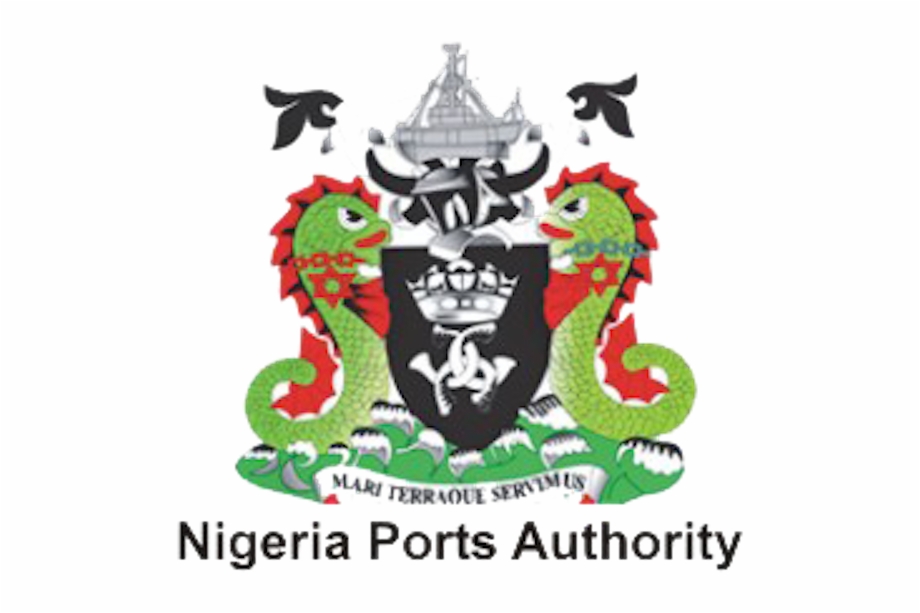Nigeria has a coastline of more than 853 kilometres that is serviced by seven major ports and few river ports.
The seaports handle about 80 per cent of the total cargoes coming to the West African sub-region.
As compared with other ports across the region, the numbers are not encouraging.
In the past few years, the government, through the Nigerian Ports Authority (NPA) has taken several initiatives to increase its investments by concessioning ports.
- COVID-19: UK strain variant not found in Nigeria yet —NCDC DG
- COVID-19: A Second national lockdown is needless!
Aside, it has also augmented existing facilities, mechanising ports and had made conscious efforts at improving connectivity and logistics.
But despite all these government initiatives, Nigeria’s port sector has not been comparable with other ports internationally.
Several challenges faced by this sector have proved to be disadvantageous to the growth of this sector.
Some of the challenges faced in respect of existing ports, particularly as it affects Apapa and Tin-Can Island Ports include deplorable condition of the road networks.
Another critical area in the port industry that got attention in 2020 is lack of holding bays by shipping companies.
The Nigerian Ports Authority (NPA) wielded the big stick as it announced real sanctions, after repeated dialogues.
Surprisingly, the authority capitulated a few days afterwards, ostensibly under pressure from higher authorities.
Till date, the majority of the shipping companies have no holding bays to receive their empty boxes, and this is a big factor in the traffic gridlock along Lagos port routes.
Another issue is truck call up systems under the purview of the NPA.
Sadly also, this has remained unrealized as the Authority engaged in politics of excuses and unacceptable postponements.
Last on the list of sore key areas in the port industry this year is construction and expansion of ports access roads, which is taking forever to accomplish.
Of course the issue of coronavirus pandemic dislocated port activities marginally, and in general, these affected output and slowed down the performance of the national economy.

 Join Daily Trust WhatsApp Community For Quick Access To News and Happenings Around You.
Join Daily Trust WhatsApp Community For Quick Access To News and Happenings Around You.


